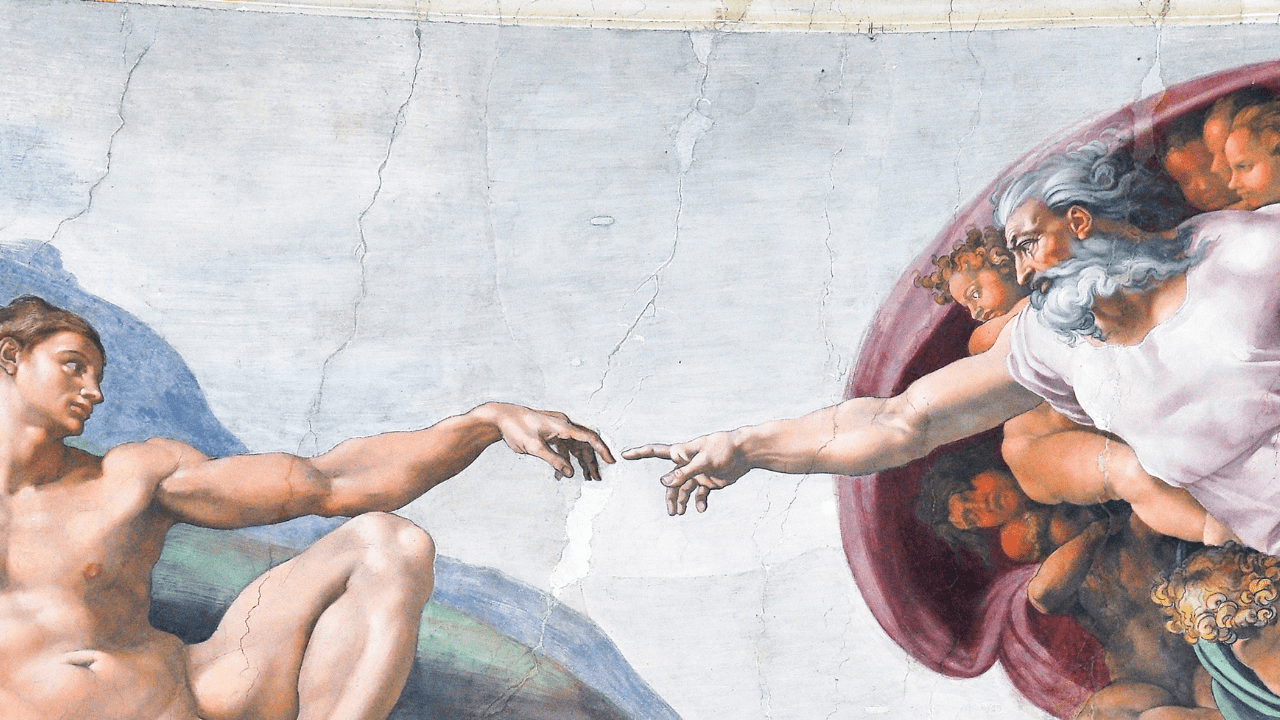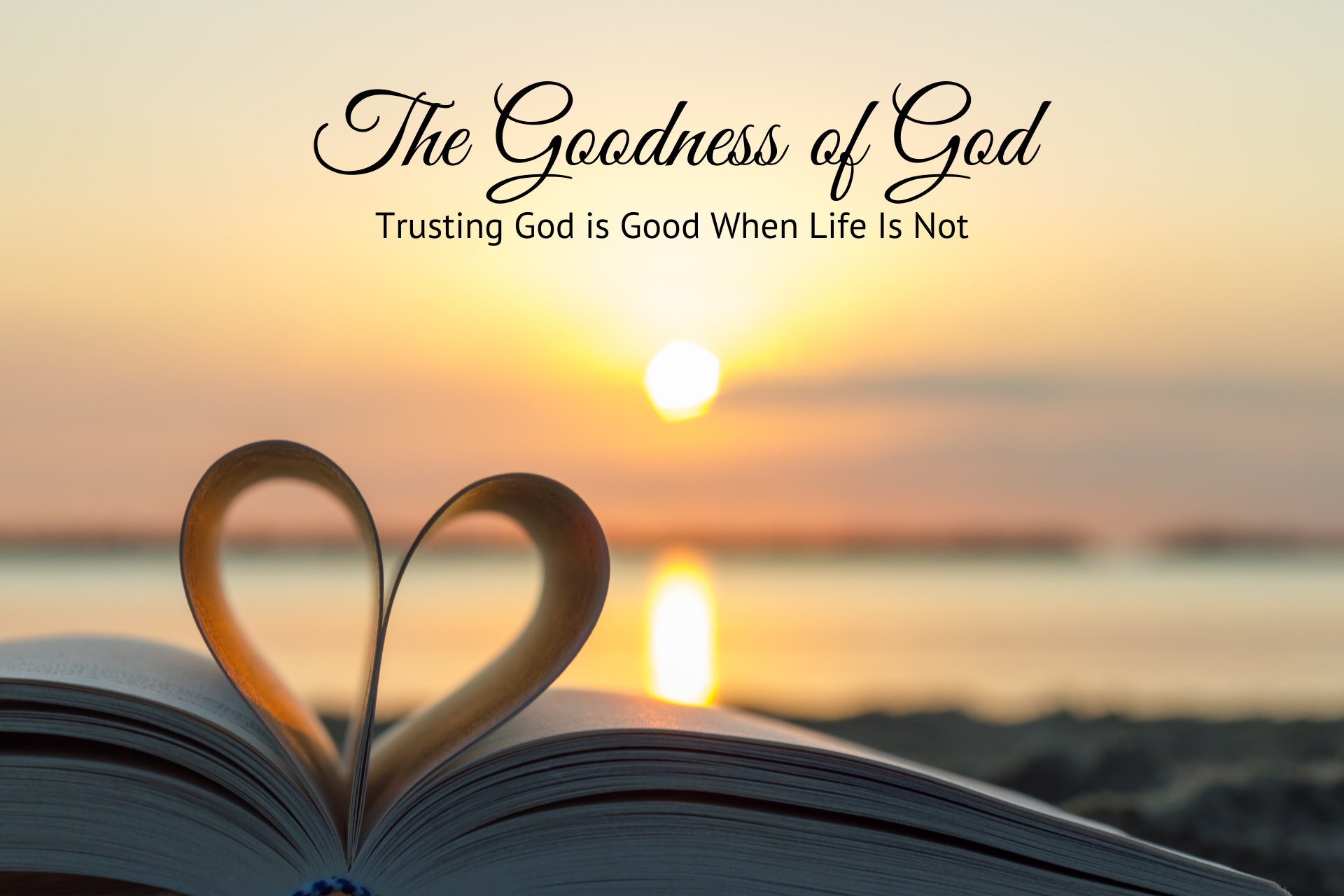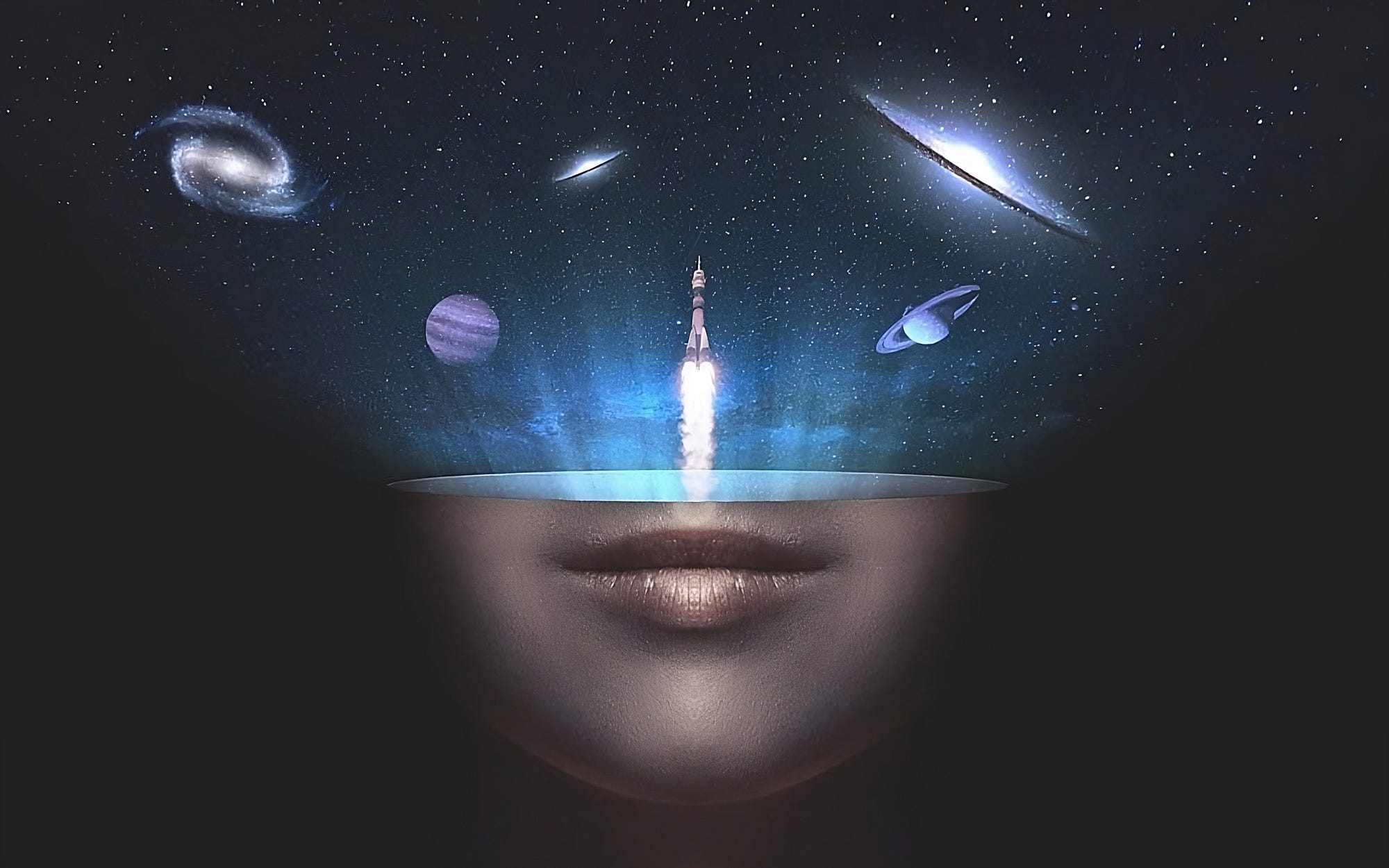In this article, we delve into The Best Explanation of What God is by examining a range of perspectives that span history, philosophy, religion, and modern thought. Far from a simplistic definition, we aim to provide a nuanced exploration that considers how the concept of God has evolved and what it means in various contexts. By drawing on diverse sources and ideas, this piece seeks to offer readers a comprehensive understanding that goes beyond surface-level interpretations, encouraging deeper reflection on one of humanity’s most profound questions.
Historical Evolution of the Concept of God

The concept of God has undergone profound transformations throughout human history, shaped by societal changes, technological advancements, and philosophical inquiries. This evolution reflects not only shifts in religious beliefs but also broader cultural and intellectual movements that have redefined divinity. By tracing this historical journey, we can better appreciate how interpretations of God have adapted to different eras, influencing everything from art and literature to science and ethics. Understanding this timeline helps us grasp that The Best Explanation of What God is is not static but dynamic, evolving with human understanding.
God in Ancient Civilizations
Ancient civilizations laid the foundational stones for many modern conceptions of God, often intertwining divinity with natural phenomena, morality, and societal order. In Mesopotamia, for instance, gods like Enlil and Inanna were personifications of natural forces such as storms and fertility, serving as explanations for the unpredictable world around them. This anthropomorphic approach made gods relatable and integral to daily life, where rituals and sacrifices were performed to maintain cosmic balance.
Moving to ancient Egypt, the concept of God was highly centralized around figures like Ra, the sun god, who embodied creation and sustenance. Egyptian religion emphasized maat, or cosmic order, suggesting that God (or gods) was not just a distant entity but an active force in upholding justice and harmony. This view influenced later monotheistic traditions, showing how early polytheistic systems could evolve into more unified concepts.
In Greece and Rome, gods were depicted with human-like qualities, flaws, and emotions, as seen in myths involving Zeus or Jupiter. Philosophers like Plato began to abstract this idea, proposing a more ideal, unchanging Form of the Good, which hinted at a singular divine essence. These ancient perspectives highlight that The Best Explanation of What God is often served practical purposes, providing comfort, explaining the unknown, and reinforcing social structures in a pre-scientific world.
God in Medieval and Renaissance Periods
During the medieval era, the concept of God became increasingly monotheistic and abstract, particularly with the rise of Christianity, Islam, and Judaism. Thinkers like Thomas Aquinas synthesized faith with reason, arguing in his Summa Theologica that God’s existence could be proven through logic, such as the unmoved mover argument. This period saw God as an omnipotent, omniscient creator, whose will governed the universe, influencing art, architecture, and scholasticism.
The Renaissance brought a revival of classical ideas, blending them with Christian theology. Figures like Michelangelo depicted God in human form in works such as the Sistine Chapel ceiling, emphasizing divine creativity and the special place of humanity in creation. However, this era also sparked debates, with humanists like Erasmus challenging rigid interpretations and promoting a more personal, introspective relationship with God. This shift reflected broader cultural changes, including the questioning of authority and the exploration of individualism.
In Islamic thought, scholars like Avicenna and Averroes contributed to philosophical discussions on God’s nature, often aligning with Aristotelian ideas to describe God as the necessary being. Similarly, Jewish mystics in the Kabbalah explored esoteric aspects of God, emphasizing unity and the hidden divine. Overall, the medieval and Renaissance periods enriched The Best Explanation of What God is by integrating rational inquiry with spiritual devotion, laying groundwork for modern theology.
God in the Modern Era
The modern era has seen the concept of God challenged by enlightenment ideals, scientific discoveries, and secularism. Enlightenment thinkers like Voltaire and Hume critiqued traditional views, often portraying God as a deistic creator who set the universe in motion but remained uninvolved—a
In this article, we delve into The Best Explanation of What God is by examining a range of perspectives that span history, philosophy, religion, and modern thought. Far from a simplistic definition, we aim to provide a nuanced exploration that considers how the concept of God has evolved and what it means in various contexts. By drawing on diverse sources and ideas, this piece seeks to offer readers a comprehensive understanding that goes beyond surface-level interpretations, encouraging deeper reflection on one of humanity’s most profound questions.
Historical Evolution of the Concept of God


The concept of God has undergone profound transformations throughout human history, shaped by societal changes, technological advancements, and philosophical inquiries. This evolution reflects not only shifts in religious beliefs but also broader cultural and intellectual movements that have redefined divinity. By tracing this historical journey, we can better appreciate how interpretations of God have adapted to different eras, influencing everything from art and literature to science and ethics. Understanding this timeline helps us grasp that The Best Explanation of What God is is not static but dynamic, evolving with human understanding.
God in Ancient Civilizations
Ancient civilizations laid the foundational stones for many modern conceptions of God, often intertwining divinity with natural phenomena, morality, and societal order.
Personification of Nature
In Mesopotamia, for instance, gods like Enlil and Inanna were personifications of natural forces such as storms and fertility, serving as explanations for the unpredictable world around them. These deities were integral to daily life; rituals and sacrifices were performed to maintain cosmic balance. The belief in such gods reflected an attempt to comprehend nature’s caprices and fostered a deep connection between society and the divine.
The anthropomorphic portrayal of these gods allowed ancient peoples to relate to them on a personal level, attributing human traits and emotions to celestial beings. This made the divine more accessible and less intimidating, fostering a sense of community among worshippers who shared common rituals and beliefs. Their interconnectedness imbued everyday activities with spiritual significance, where agriculture, war, and love were all seen through the lens of divine influence.
Egyptian Centralization of Divinity
Moving to ancient Egypt, the concept of God was highly centralized around figures like Ra, the sun god, who embodied creation and sustenance. Egyptian religion emphasized maat, or cosmic order, suggesting that God (or gods) was not just a distant entity but an active force in upholding justice and harmony. Temples served not only as places of worship but as centers of power where priests acted as intermediaries between the gods and the people.
This view influenced later monotheistic traditions, showing how early polytheistic systems could evolve into more unified concepts. Maat signified a moral order, reflecting a profound understanding of balance that resonated with the human experience. This notion of divine justice and order would later find echoes in Abrahamic faiths, revealing a continuity in the quest to understand God’s role in structuring human life.
Greek and Roman Interpretations
In Greece and Rome, gods were depicted with human-like qualities, flaws, and emotions, exemplified in myths involving Zeus or Jupiter. Philosophers like Plato began to abstract this idea, proposing a more ideal, unchanging Form of the Good, which hinted at a singular divine essence. These ancient perspectives highlight that The Best Explanation of What God is often served practical purposes, providing comfort, explaining the unknown, and reinforcing social structures in a pre-scientific world.
The Greeks’ embrace of rational inquiry paved the way for discussions about divinity as something beyond mere mythological tales. It sparked debates regarding the essence of goodness and the moral implications of divine actions, leading to rich dialogues that would shape future theological and philosophical thought. Thus, the interplay between mythology and philosophy illustrated a gradual shift toward more complex, contemplative notions of God.
God in Medieval and Renaissance Periods
During the medieval era, the concept of God became increasingly monotheistic and abstract, particularly with the rise of Christianity, Islam, and Judaism.
Synthesis of Faith and Reason
Thinkers like Thomas Aquinas synthesized faith with reason, arguing in his Summa Theologica that God’s existence could be proven through logical proofs, such as the unmoved mover argument. This period saw God as an omnipotent, omniscient creator, whose will governed the universe. Aquinas’ efforts to harmonize Aristotelian philosophy with Christian doctrine marked a pivotal moment in theological discourse, fundamentally shaping Western views of God.
Aquinas posited that the attributes of God—omniscience, omnipotence, and omnipresence—were not merely faith-based declarations but could be logically deduced. This intellectual approach invited believers to engage with their faith critically, thus enriching the understanding of divine existence. The emphasis on a rational foundation for faith reflected a burgeoning synergy between philosophy and theology, paving the way for future explorations of existence and purpose.
Renaissance Humanism and Individual Relationship with God
The Renaissance brought a revival of classical ideas, blending them with Christian theology. Figures like Michelangelo depicted God in human form in works such as the Sistine Chapel ceiling, emphasizing divine creativity and the special place of humanity in creation. This artistic representation highlighted the Renaissance’s focus on human potential and individual experience, contrasting with earlier depictions that often portrayed God as distant and transcendent.
However, this era also sparked debates, with humanists like Erasmus challenging rigid interpretations and promoting a more personal, introspective relationship with God. The push for individuality mirrored broader cultural changes, including the questioning of authority and the exploration of personal belief systems. As a result, the Renaissance period reshaped The Best Explanation of What God is, advocating for a more nuanced, individualized understanding of the divine.
Islamic Philosophical Contributions
In Islamic thought, scholars like Avicenna and Averroes contributed to philosophical discussions on God’s nature, often aligning with Aristotelian ideas to describe God as the necessary being. This engagement with Greek philosophy allowed Islamic thinkers to explore the intersections of faith and reason, resulting in profound insights on existence.
Similarly, Jewish mystics in the Kabbalah explored esoteric aspects of God, emphasizing unity and the hidden divine. This mystical tradition provided alternative pathways to understanding God’s nature, allowing for a richer diversity of thought within monotheistic frameworks. Overall, the medieval and Renaissance periods enriched The Best Explanation of What God is by integrating rational inquiry with spiritual devotion, laying groundwork for modern theology.
God in the Modern Era
The modern era has seen the concept of God challenged by enlightenment ideals, scientific discoveries, and secularism.
Enlightenment Critiques
Enlightenment thinkers like Voltaire and Hume critiqued traditional views, often portraying God as a deistic creator who set the universe in motion but remained uninvolved—a clockmaker who does not interfere with the workings of his creation. This perspective marked a significant shift away from interventionist views of God, emphasizing reason and observation as the primary means of understanding the world.
The Enlightenment’s focus on empiricism and skepticism led to the questioning of established religious doctrines. This era witnessed the rise of atheism and agnosticism, challenging the necessity of God in explaining the cosmos. This critical analysis spurred new philosophies, including existentialism and humanism, which sought to define purpose and morality independent of divine oversight.
Scientific Discoveries and Secularism
As scientific knowledge expanded, the need for supernatural explanations diminished. The theories of Darwinian evolution, for instance, posed significant challenges to literal interpretations of creation narratives found in religious texts. The growing evidence supporting natural processes bolstered secular perspectives, leading many to question the relevance of God in contemporary discourse.
Yet, this wave of skepticism also birthed new spiritual movements that sought to reconcile science with spirituality. Figures like Albert Einstein expressed awe for the universe’s complexity, evoking a sense of reverence that some interpreted as a form of spirituality without traditional religious dogma. This illustrates that even amidst uncertainty, humanity continues to search for meaning, showcasing the persistent nature of the inquiry surrounding The Best Explanation of What God is.
Contemporary Perspectives
Today, diverse perspectives coexist, ranging from traditional religious beliefs to secular humanism and spirituality. The rise of interfaith dialogues encourages a broader understanding of God across cultures, promoting unity amidst diversity. Additionally, contemporary philosophy grapples with the implications of a seemingly indifferent universe, exploring concepts like pantheism, panentheism, and process theology. These approaches invite reflection on the divine as an evolving concept, adaptable to the ever-changing human experience.
By engaging with various modern interpretations, we can appreciate the richness of contemporary discussions about God. This pluralistic landscape highlights that The Best Explanation of What God is may not reside in a singular narrative but instead flourishes in the collective tapestry of human thought.
Conclusion

The exploration of The Best Explanation of What God is reveals a trajectory shaped by historical, cultural, and intellectual currents. From ancient civilizations that personified natural forces to modernity’s embrace of reason and plurality, our understanding of God remains fluid and multifaceted. This ongoing dialogue invites each generation to reconsider their beliefs, encouraging deep reflection on humanity’s most profound question: What is the nature of the divine?
As we continue to navigate this complex terrain, the quest for understanding brings us closer to appreciating the diverse ways individuals and cultures relate to the sacred. Ultimately, the pursuit of knowledge, wisdom, and connection with the divine continues to inspire and challenge humanity, ensuring that the conversation surrounding God evolves in tandem with our shared experience and our collective journey toward understanding.

GIPHY App Key not set. Please check settings